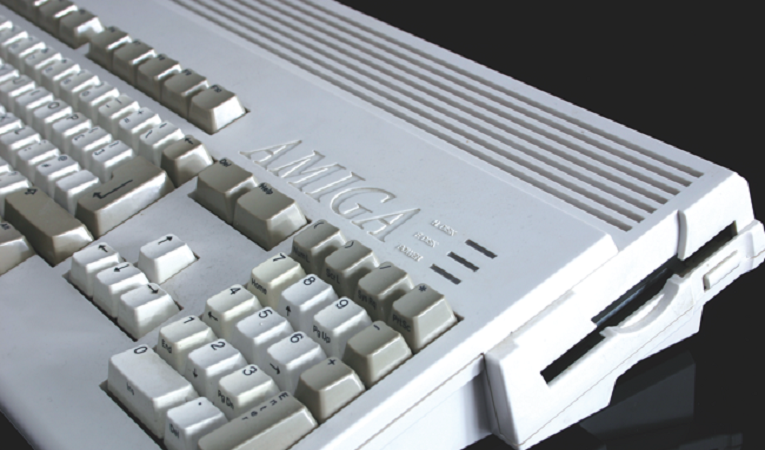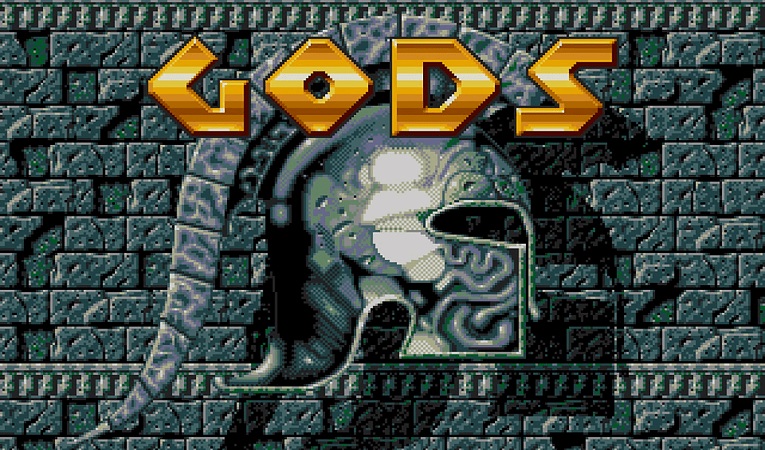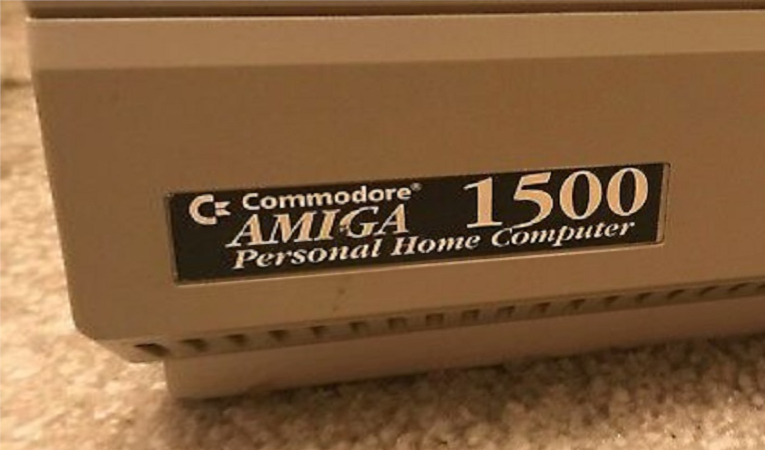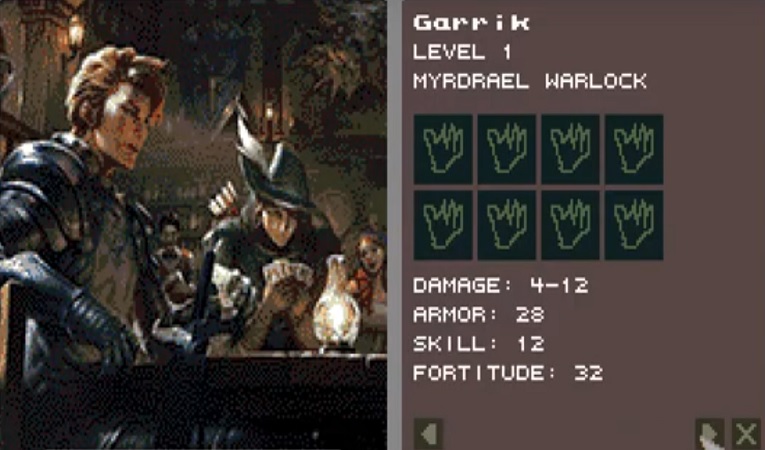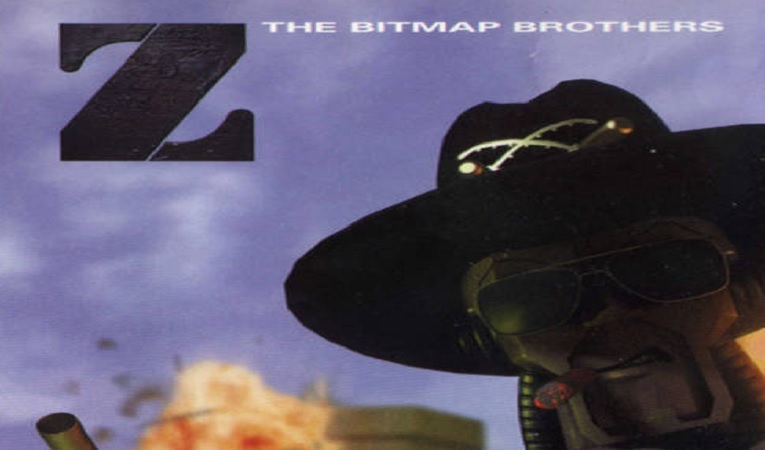
Many people still tend to consider Germany as the most important marketplace for the Commodore Amiga platform. Although, Germany played a pivotal role in the platform success, the United Kingdom is without doubt kingmaker for the platform. In the end, without contributions out the United Kingdom, the Commodore Amiga would have been a failure. The United Kingdom emerged as a powerhouse in the technology industry during the 80s and 90s, contributing significantly to the Commodore Amiga’s success, the evolution of software and game companies, and the dynamics of general Amiga sales. Most notably are the UK-based game companies playing a significant role in the success and popularity of the Commodore Amiga. These companies contributed to the platform’s diverse game library, fostering creativity, innovation, and iconic titles that are still remembered fondly by enthusiasts. In the end, almost every top game for the Commodore Amiga originated from the United Kingdom, without support of these companies Amiga sales would have been significantly less.
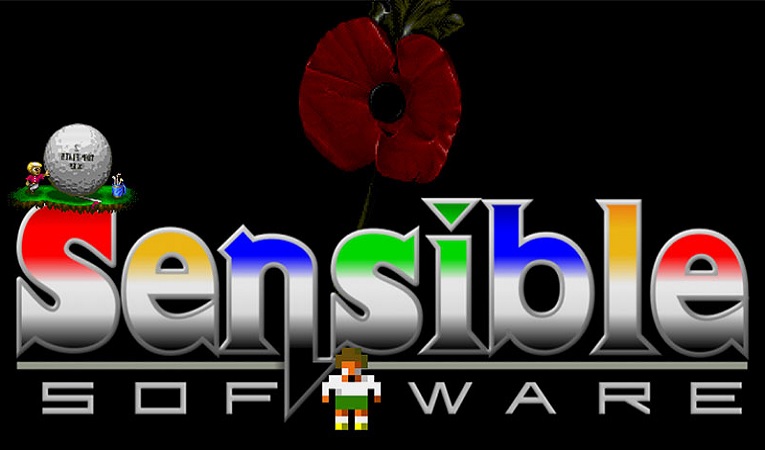
Among the standout developers of that era is Sensible Software and it stood as a shining example of how to harness the power of the Amiga to create games that were not only technologically impressive but also deeply enjoyable and iconic. Founded by Jon Hare and Chris Yates, Sensible Software emerged with a fresh perspective. Their philosophy was simple yet revolutionary: prioritize gameplay above all else. This approach was perfectly embodied in their breakout title, “Sensible Soccer,” released in 1992. The game’s isometric viewpoint, smooth controls, and emphasis on fast action ensured that players could jump right in and experience the joy of the sport without any unnecessary barriers. However, Sensible Software’s commitment to gameplay wasn’t the only hallmark of their work. Their games often showcased a distinct sense of humor and a willingness to embrace absurdity in titles like “Cannon Fodder,” released in 1993.

Founded in 1990 by Martyn Brown, Rico Holmes, and Debbie Bestwick, Team17 embarked on a journey that would result in some of the most iconic and beloved Amiga games. “Alien Breed”, a top-down shooter inspired by sci-fi horror, demonstrated the studio’s versatility. Its tense atmosphere, immersive gameplay, and cooperative multiplayer mode showcased their commitment to delivering engaging experiences. Similarly, “Project X” exemplified Team17’s prowess in the shoot-’em-up genre, with its impressive visuals, dynamic gameplay, and memorable soundtrack. One of Team17’s biggest hits was “Worms”, a turn-based artillery game that pitted teams of anthropomorphic worms against each other in chaotic battles. The game’s whimsical art style, clever weapons, and strategic gameplay made it an instant classic. “Worms” not only showcased the studio’s knack for innovative mechanics but also highlighted their ability to create games that were as enjoyable in single-player as they were in multiplayer, fostering hours of friendly competition among friends.
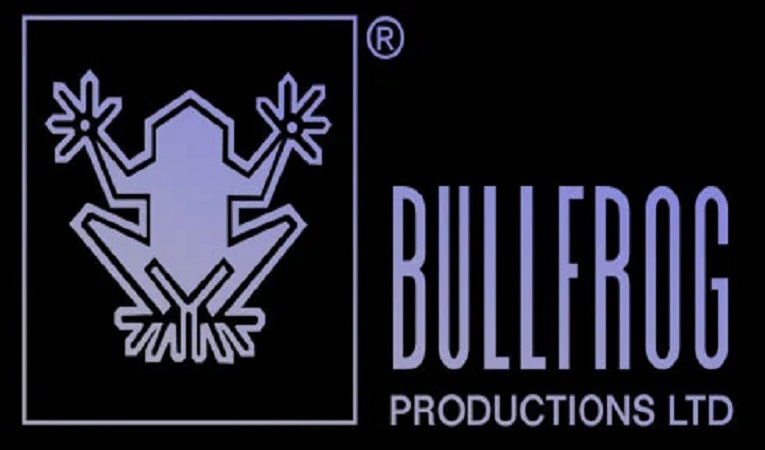
Bullfrog’s approach to game development was characterized by a fusion of creativity and technical prowess. Their early years on the Amiga saw the emergence of titles like “Populous”, a god game that gave players the power to shape landscapes and civilizations. The studio’s affinity for simulation and strategy gaming continued with titles like “Powermonger”and “Syndicate”. These games presented players with complex systems to manipulate and control, while also incorporating moral and ethical dilemmas that elevated the experience beyond mere gameplay. “Syndicate,” in particular, offered a dystopian vision of the future, where players assumed the role of corporate agents manipulating societies for profit, echoing themes that remain relevant today. “Theme Park” was another big hit by the company.
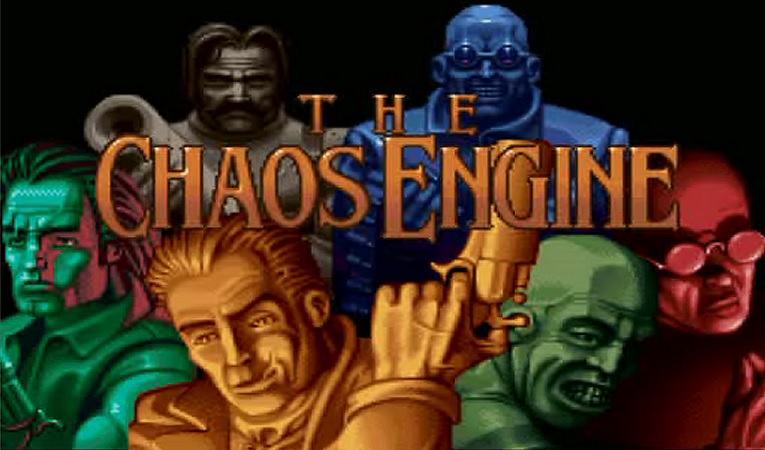
Founded by Mike Montgomery, Eric Matthews, and Steve Kelly in 1987, The Bitmap Brothers brought a fresh and unconventional approach to game development. One of their earliest and most iconic titles was “Xenon”, a horizontally scrolling shooter that showcased their affinity for futuristic visuals and high-octane action. With its stylish presentation, memorable music, and innovative power-up system, “Xenon” set the stage for what would become The Bitmap Brothers’ signature style. Building on the success of “Xenon,” The Bitmap Brothers released “Speedball” and its sequel “Speedball 2: Brutal Deluxe”. These futuristic sports games mixed elements of soccer and rugby with intense, violent gameplay. With their cyberpunk aesthetics, thunderous soundtrack, and relentless action, the “Speedball” series established The Bitmap Brothers’ reputation for crafting games that were as visually striking as they were addictively fun. Perhaps the pinnacle of The Bitmap Brothers’ Amiga era was “The Chaos Engine”, an isometric top-down shooter that combined steampunk visuals with fast-paced, cooperative gameplay. This title highlighted their ability to blend genres and create experiences that were both challenging and rewarding. The game’s unique character selection and upgrade system added a layer of strategy to the action, keeping players engaged and invested.
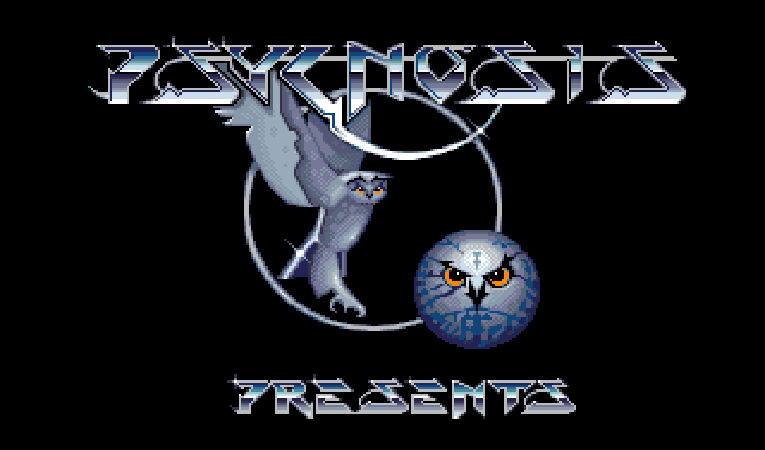
Founded in 1984 by Jonathan Ellis and Ian Hetherington, Psygnosis shaped the game industry and released amazing and ground breaking games for the Amiga. One of Psygnosis’ earliest successes was “Shadow of the Beast”, a side-scrolling action-adventure that wowed players with its jaw-dropping graphics and surreal art style. This title, like many of their subsequent games, was characterized by its unique fusion of gameplay and visual storytelling. “Shadow of the Beast” transported players to an alien and mesmerizing world, setting a new standard for graphical fidelity and immersive atmosphere. As the years went on, Psygnosis continued to refine their craft. Titles like “Lemmings” (1991) showcased their ability to create addictive, puzzle-solving gameplay while still maintaining a distinctive visual flair. With its charming, green-haired characters and whimsical landscapes, “Lemmings” became an instant hit and solidified Psygnosis’ reputation as a developer capable of creating games that appealed to a broad audience. “Agony” exemplified Psygnosis’ dedication to crafting games that were both visually captivating and artistically ambitious. This dark, side-scrolling shooter took players through a nightmarish rendition of hell, with haunting visuals that pushed the Amiga’s graphical capabilities to their limits.
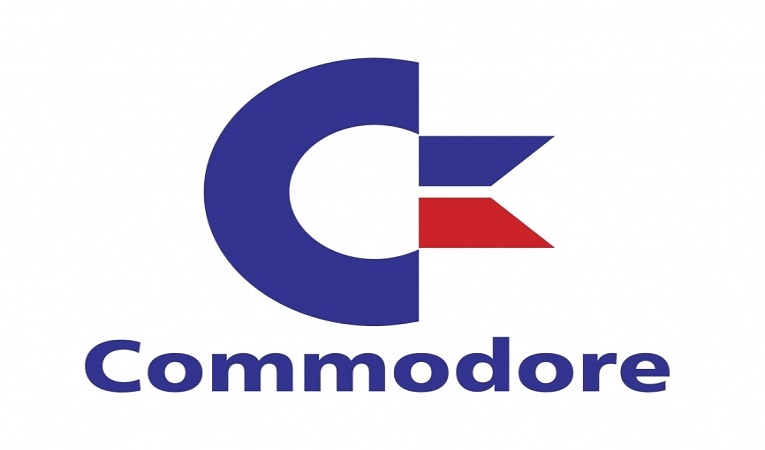
Among its various divisions, Commodore UK stands as a testament to the company’s global impact. Commodore UK’s efforts in promoting the Amiga, particularly the Amiga 500, contributed significantly to the platform’s popularity and success. Over 1,500,000 Commodore Amiga are sold in the United Kingdom, more then in Germany. Commodore UK recognized the Amiga’s potential much more then other divisions and did everything to promote and market the platform. Their strategic efforts included, partnerships with software developers, and bundling popular games with the computers. Commodore UK’s marketing strategies played a crucial role in positioning the Amiga 500 as a must-have computing platform. The division’s efforts included innovative advertising campaigns that highlighted the computer’s capabilities and showcased its rich library of games and software. The Amiga’s versatility, supported by Commodore UK’s marketing efforts, led to widespread adoption across various sectors, from home users to creative professionals across the UK. Commodore UK was also the last subsiduary in good condition and Commodore UK’s proposal to acquire Commodore International and the Amiga platform in the mid-90s almost became a reality. Under Commodore UK’s leadership(David John Pleasance), the Amiga brand would have likely experienced a resurgence. With its solid track record in marketing and fostering a strong community, Commodore UK could have revived interest in the Amiga, attracting developers and users who had previously moved away from the platform. Sadly enough, Escom won the bid and Amiga Technologies under Petro Tyschtschenko’s mismanagement was the final nail in the coffin.
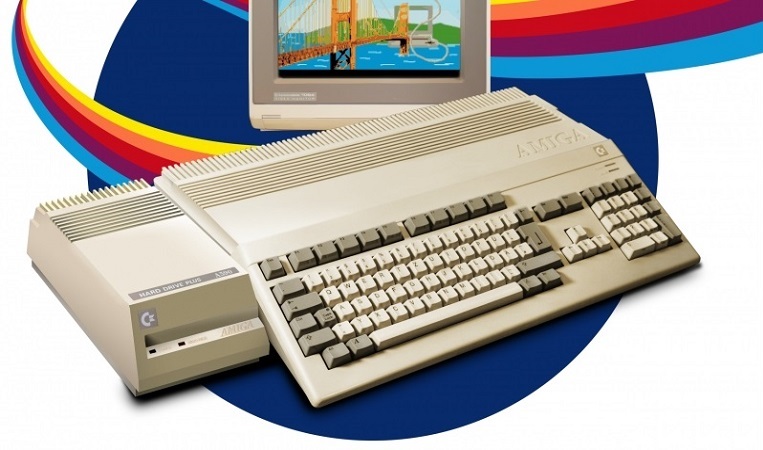
The United Kingdom also had a vibrant and diverse landscape of Amiga magazines during the platform’s heyday in the late 80s and early 90s. These magazines played a crucial role in connecting Amiga enthusiasts across the globe, providing news, reviews, tutorials, and insights into the world of Amiga computing and gaming. There are countless Uk-based Amiga projects that would require a complete book to fully comprehend their impact. None the less, the United Kingdom’s role in shaping the Commodore Amiga was impressive, contributing to the platform’s technological innovation, software creativity, and cultural impact. Nice lads!
image source:Image by rawpixel.com on Freepik









